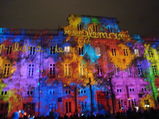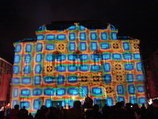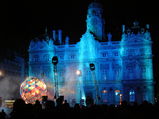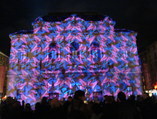


Naoki Saito received the B.Eng. and the M.Eng. degrees in mathematical engineering from the University of Tokyo, Japan, in 1982 and 1984, respectively. In 1984, he joined Nippon Schlumberger K.K., Fuchinobe, Japan, and in 1986, he transferred to Schlumberger-Doll Research (SDR), Ridgefield, CT where he worked as a research scientist until 1997. While working at SDR, he also pursued his Ph.D. degree in applied mathematics and received it from Yale University in 1994. In 1997, he joined the Department of Mathematics at the University of California, Davis, where he is currently a professor and chair of the Graduate Group in Applied Mathematics.
Dr. Saito received the Best Paper Award from SPIE for the wavelet applications in signal and image processing conference in 1994 and the Henri Doll Award (the highest honor for technical papers presented at the annual symposium within the Schlumberger organization) in 1997. He also received the Young Investigator Award from the Office of Naval Research, and the Presidential Early Career Award for Scientists and Engineers (PECASE) from the White House, both in 2000. Since 2008, he has been listed in Marquis Who's Who in America.
His research interests include: applied and computational harmonic analysis; feature extraction; pattern recognition; data analysis; Laplacian eigenvalue problems; elliptic boundary value problems; data compression; statistical signal processing and analysis; human and machine perception; and geophysical inverse problems. He has been also serving on an editorial board of the two journals: Applied and Computational Harmonic Analysis; Inverse Problems and Imaging.
He is a senior member of IEEE as well as a member of IMS, SIAM, and JSIAM.
Key note abstract:
Laplacian Eigenfunctions that do not feel the boundary: Theory, Computation and Applications
I will discuss Laplacian eigenfunctions defined on a Euclidean domain of general shape, which "do not feel the boundary." The use of such Laplacian eigenfunctions have gained popularity in computer graphics, image analysis, and pattern recognition.
It is interesting to note that one can also cut up a given domain into local pieces using (sharp) characteristic functions without overlaps, and build the Laplacian eigenfunctions on each subdomain without suffering from the infamous Gibbs phenomenon; consequently, one can construct a good local orthonormal basis, which can be viewed as a generalization of block cosine transform on a rectangular domain used for the JPEG image compression standard.
My Laplacian eigenfunctions satisfy the Helmholtz equation inside the domain, and can be extended smoothly and harmonically outside of the domain. Although these eigenfunctions do not satisfy the usual Dirichlet or Neumann boundary conditions, they can be computed via the eigenanalysis of the integral operator (with the potential kernel) commuting with the Laplace operator. Compared to directly solving the Helmholtz equations on such domains, the eigenanalysis of this integral operator has several advantages including the numerical stability and amenability to modern fast numerical algorithms (e.g., the Fast Multipole Method).
In addition, I will present several geometric applications of my Laplacian eigenfunctions: classification of 3D MRI brain images for detecting Alzheimer's disease (due to Dr. Faisal Beg, Simon Fraser Univ., Canada), and statistical image analysis of human eye shapes and contrast them with Principal Component Analysis.
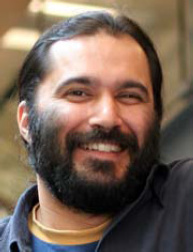
Karan Singh is an Associate Professor of Computer Science at the University of Toronto, where he co-directs the graphics and human computer interaction lab, DGP. He holds a BTech. (IIT Madras 1991), MS and PhD (Ohio State University 1992, 1995) in Computer Science.
His research interests lie in artist driven interactive graphics, spanning geometric shape design, character animation and artistic rendering. He has been a lead architect on two commercial software projects that have won technical Oscars. These software systems are the current industry standards for animation (Maya) and reverse engineering (Metris-Paraform). His research on sketch-based conceptual design has featured on leading design forums. His interactive tools have been used on a number of film projects including the 2005 Oscar winning animated short "Ryan", for which he was the R&D Director, and the recent NFB Canada production, "The Spine".
Key note abstract:
Sketching: perception, interaction and modeling
Sketch-based interfaces have often been touted as a "natural" approach to conceptual design. While sketching is indeed a promising medium of visual communication, there are a number of inherent limitations in human perception, which coupled with the ambiguities of inference, make the leap from 2D sketching to 3D visual concepts a challenging task. This talk will present an overview and results on various aspects of a sketch-based modeling pipeline: the processing and filtering of strokes to create the metaphor of a virtual 2D sketchbook, an understanding of human limitations in perceiving or drawing accurate 2D projections of imagined 3D curves, and finally approaches that facilitate the leap from 2D sketches to 3D models despite these limitations. The talk will discuss the artistic and computational merits of single-view vs. multi-view sketching, in the context of two successful sketch-based 3D modelers and conclude with implications and challenges of the sketch metaphor for geometric shape processing.
